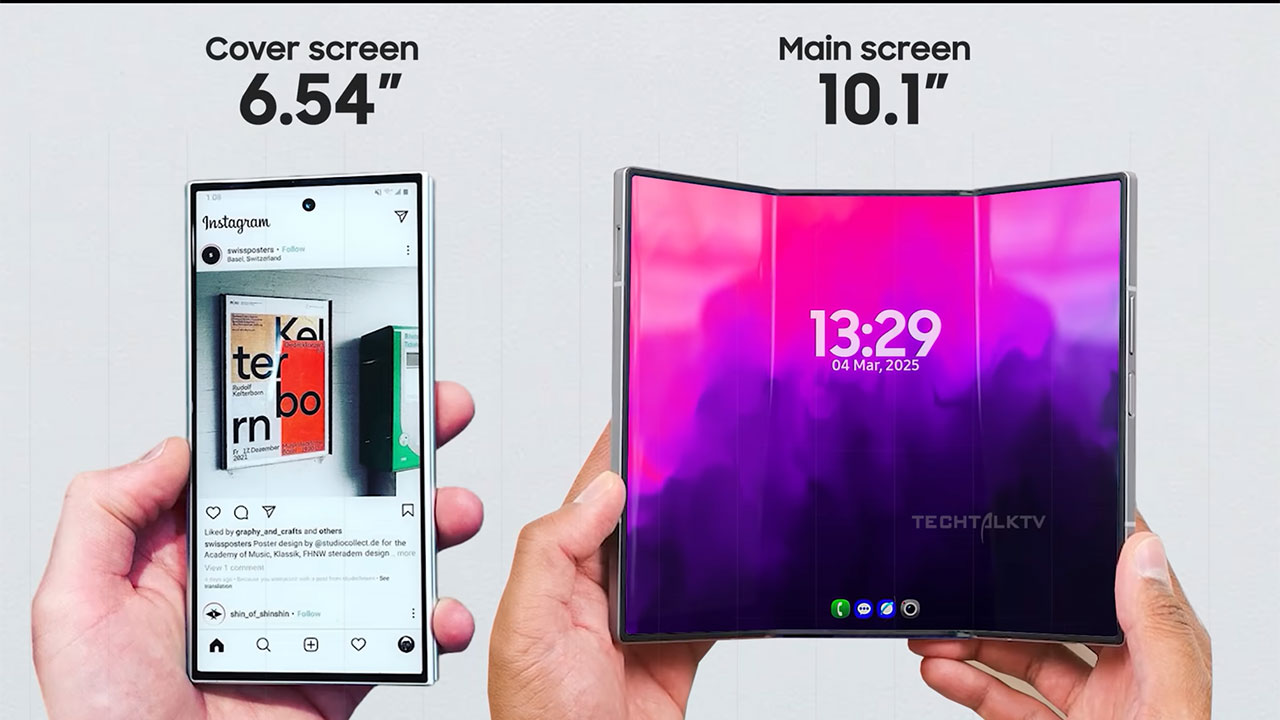
A leaked patent for Samsung’s Galaxy Z Trifold smartphone has surfaced, revealing a unique design featuring three separate batteries to power its expansive folding display. The document outlines a trifold mechanism that allows the device to unfold into a massive tablet-like screen, potentially positioning Samsung as a leader in next-generation foldables. This innovation addresses battery life challenges in multi-panel foldables, with images showing the batteries distributed across the device’s hinges and panels.
Details of the Leaked Patent
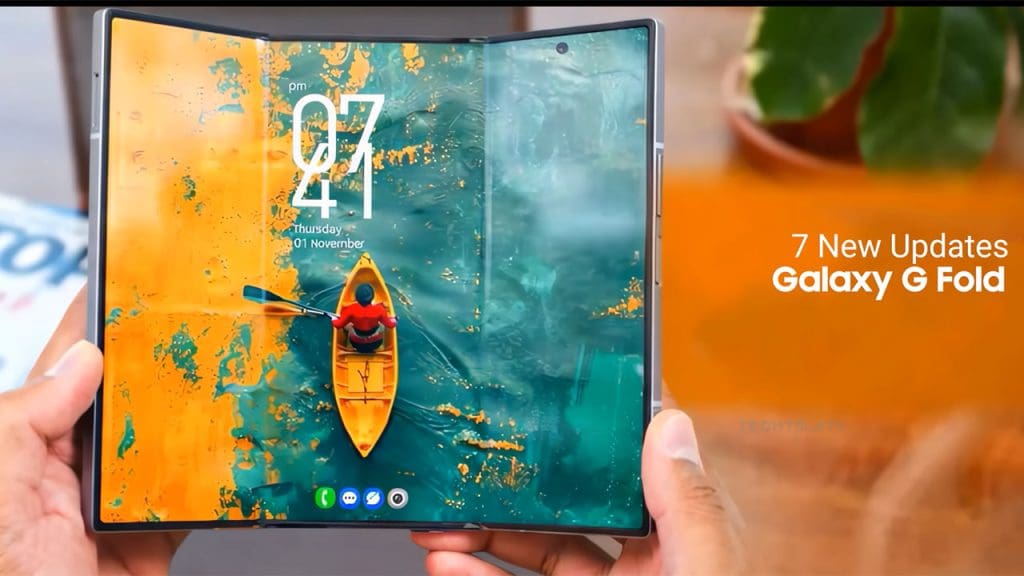
The patent document, filed by Samsung, describes the Galaxy Z Trifold as a device with a tri-foldable structure that expands from a compact phone form to a large display1. This design innovation could potentially revolutionize the smartphone industry, offering users a more versatile device that can adapt to a variety of needs.
Leaked images in the patent illustrate the internal layout, including hinges that enable the three-panel folding without compromising durability2. The filing emphasizes innovations in multi-battery integration to support high-power demands of the unfolded state3.
The Three-Battery Design
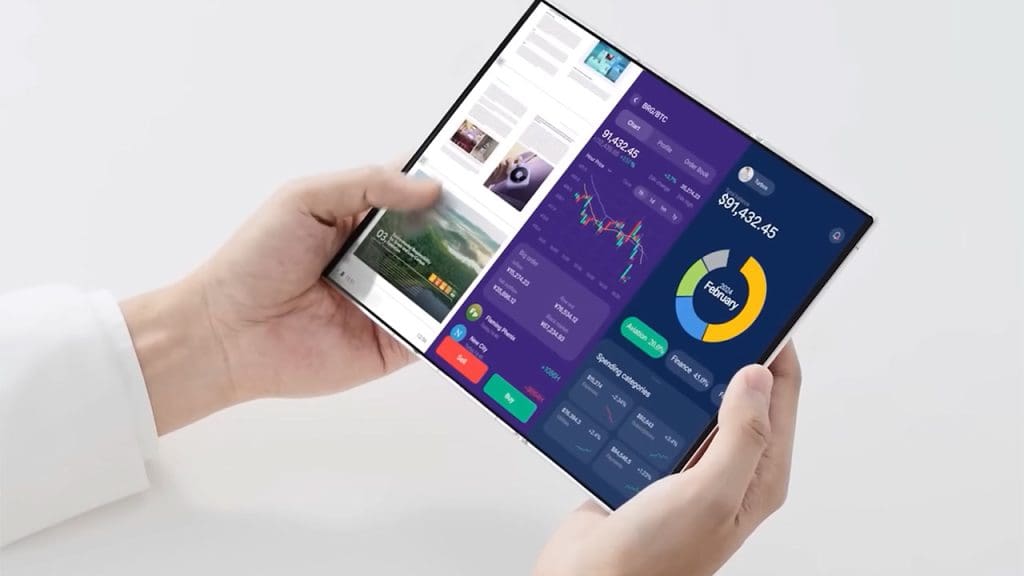
Samsung’s Galaxy Z Trifold incorporates three distinct batteries, each positioned in one of the device’s folding sections to distribute weight and optimize charging4. This “battery trifecta” setup allows for independent power management, potentially extending usage time when the phone is partially folded4.
Patent diagrams show the batteries connected via a shared circuit, ensuring seamless operation across all panels5. This design could potentially offer users a longer battery life, a key consideration for many when choosing a smartphone.
Folding Mechanism Innovations
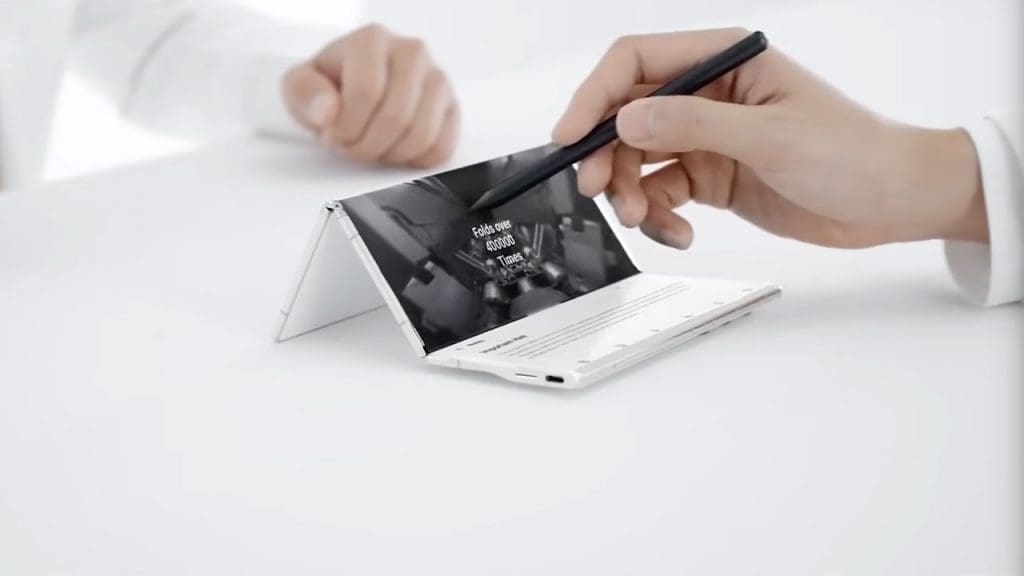
The Galaxy Z Trifold’s folding mechanism uses dual hinges that allow the screen to bend inward twice, creating a stable trifold configuration5. This innovative design allows for a compact form when folded and a large, tablet-like screen when unfolded.
Leaked patent sketches highlight reinforced materials around the hinges to prevent creasing and enhance longevity over thousands of folds2. This design supports a seamless transition between folded phone mode and fully unfolded tablet mode without gaps1.
Display and Screen Features

The patent reveals a massive display for the Galaxy Z Trifold that unfolds to approximately the size of a small tablet, maximizing screen real estate for productivity1. This could potentially offer users a more immersive viewing experience, whether for work or entertainment.
Each of the three panels features flexible OLED technology, with the central panel serving as the primary hinge point for folding3. The unfolded display supports high-resolution output, potentially rivaling non-foldable phablets in visual quality4.
Battery Integration Challenges and Solutions
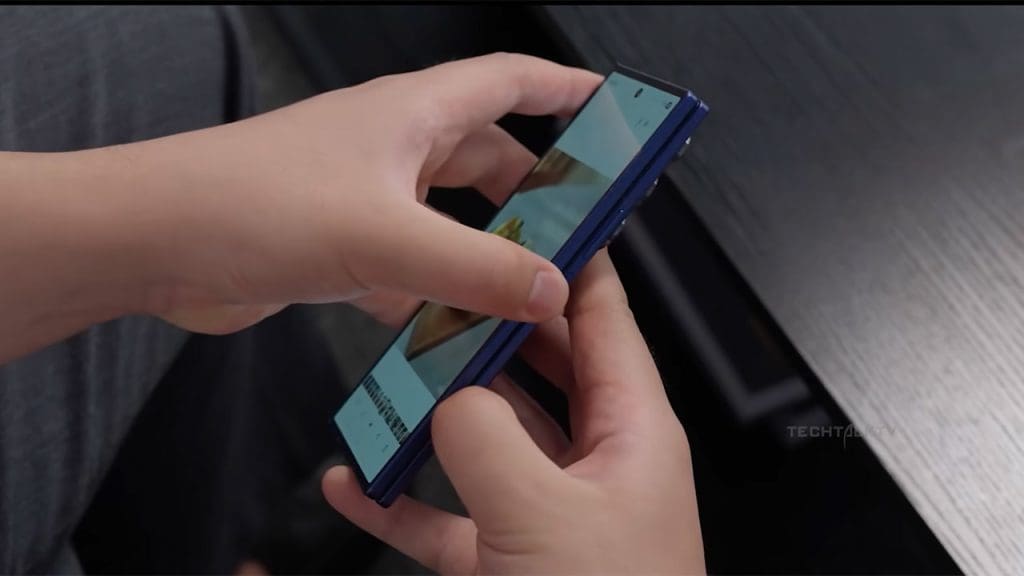
Integrating three batteries into the Galaxy Z Trifold requires careful space management to avoid adding excessive thickness to the folded device5. This design challenge is crucial to ensuring the device remains portable and comfortable to use.
The patent addresses thermal issues by spacing the batteries apart, reducing heat buildup during intensive use like gaming on the full display2. Charging capabilities include support for fast wireless charging across all three units simultaneously3.
Implications for Samsung’s Foldable Lineup
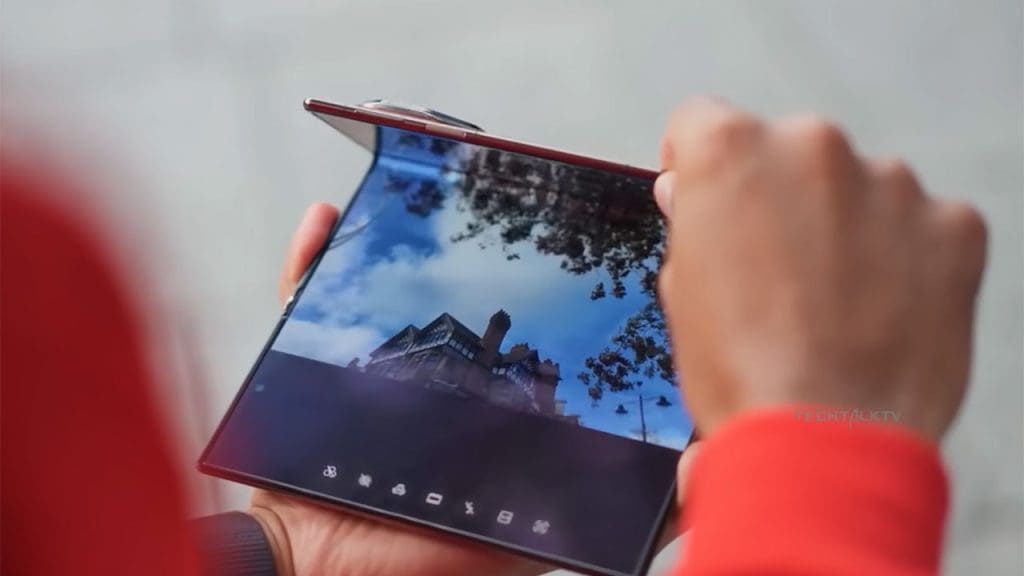
The Galaxy Z Trifold patent positions this device as a premium addition to Samsung’s foldable portfolio, potentially launching alongside the Galaxy Z Fold and Flip series1. This trifold design could set new standards for battery efficiency in foldables, influencing future iterations with modular power systems4.
Leaked details suggest Samsung aims to commercialize this technology within the next few years, pending prototype testing5. If successful, this could potentially reshape the smartphone market, offering users a device that combines the portability of a phone with the functionality of a tablet.